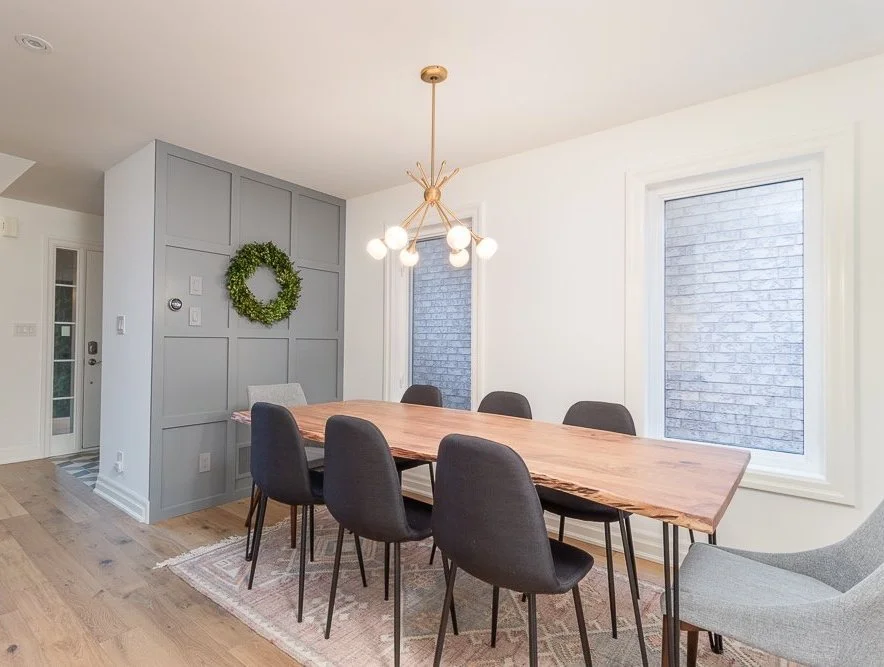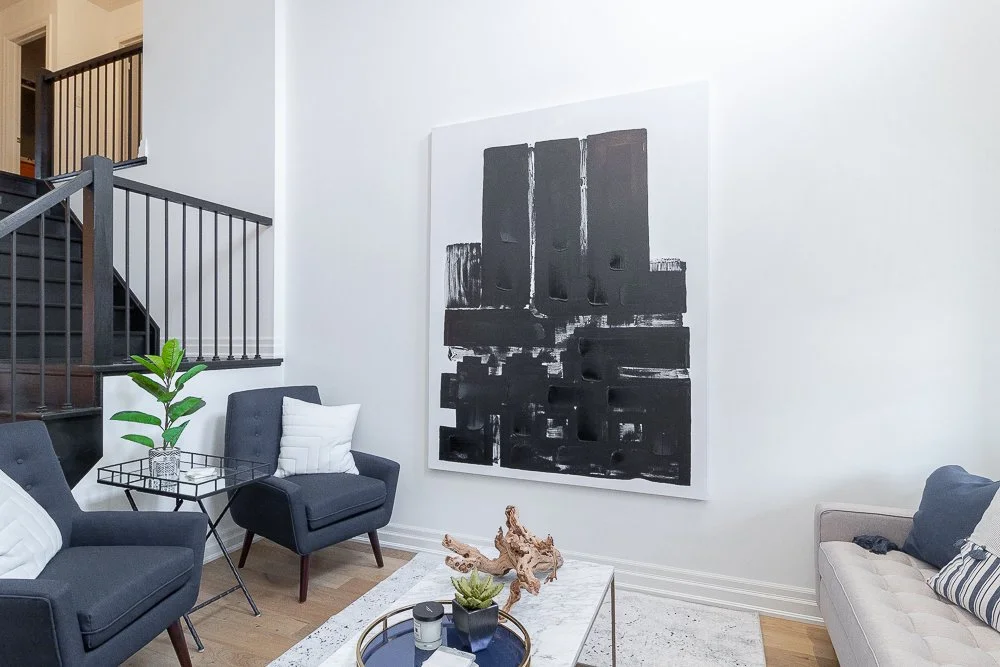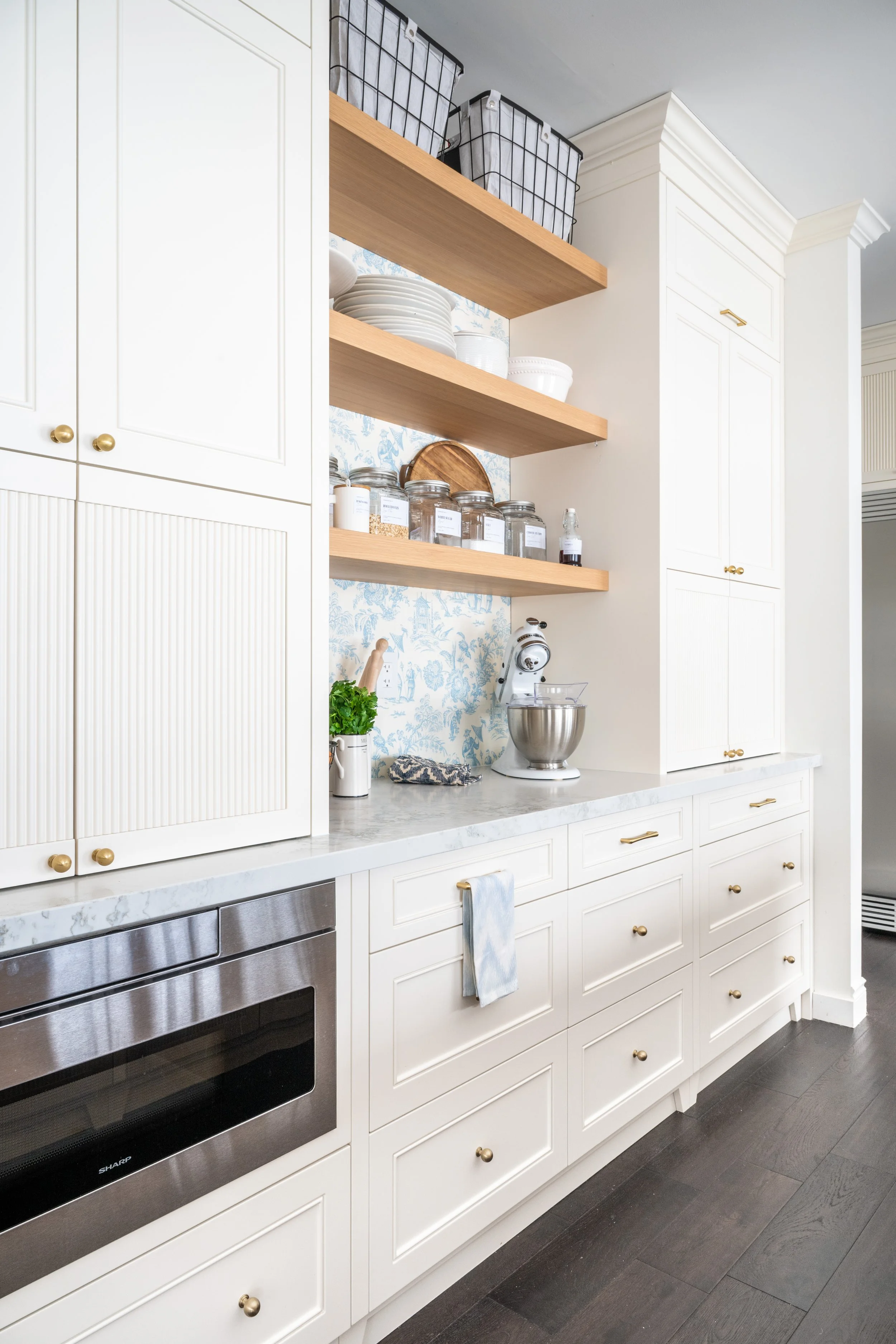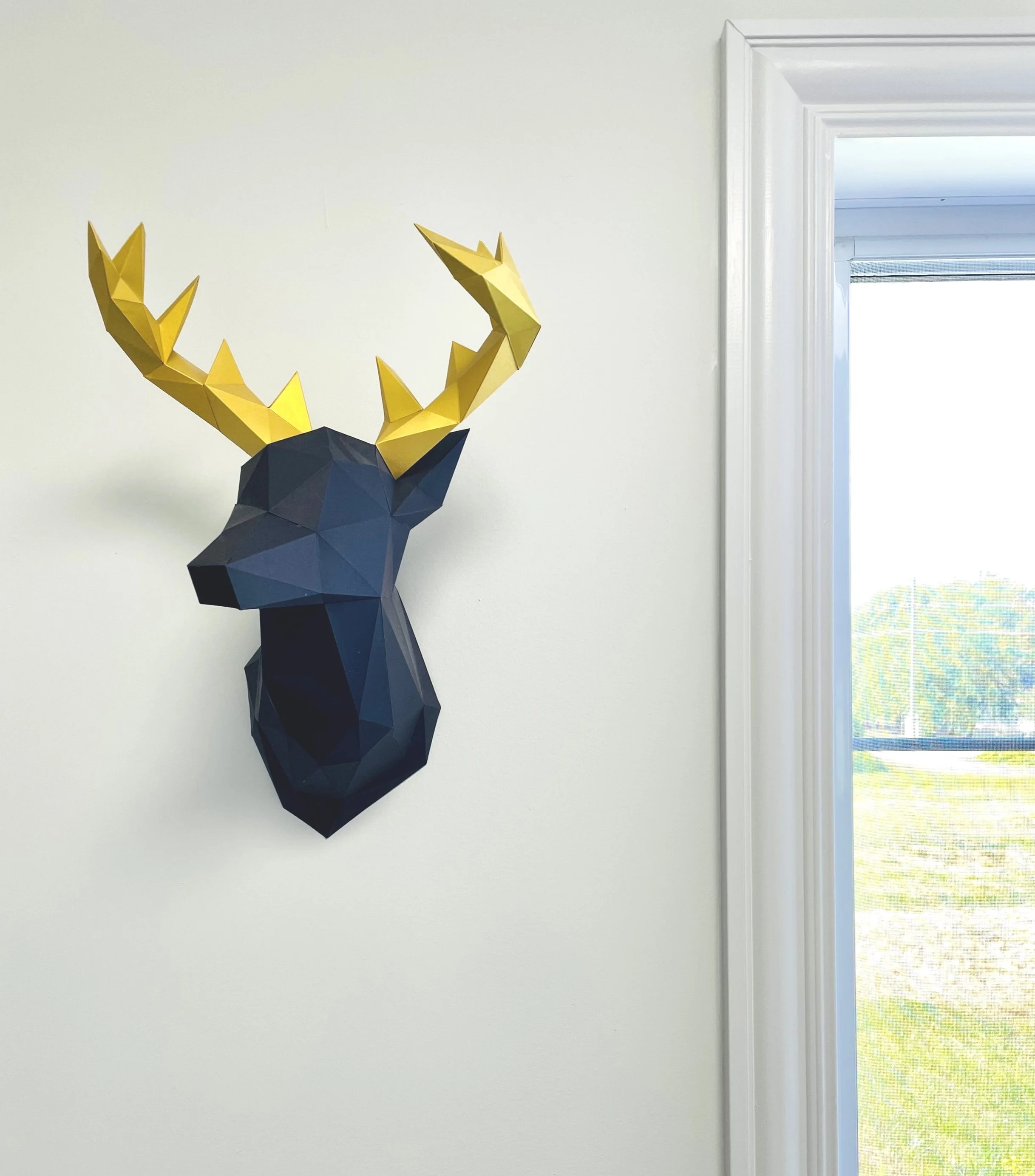Identifying Your Design Style: A Quick Guide
Have you ever wondered what your design aesthetic is? Are you someone who appreciates many different styles but struggles to settle on a specific one? Or maybe you find yourself at odds with the types of art you like and the interiors you are drawn to. Regardless of your situation, here are a few ways to help you identify your design style. ### 1. You Are Unique Take a moment to look at the items you have collected over the years. Perhaps you picked up souvenirs during your travels that evoke wonderful memories and experiences. The things you collect tell a story that is uniquely yours. While you might choose to part with some items, keep others, or feel obligated to keep certain pieces (like the one from your Great Aunt Bessie), consider carefully curating your collection. Select the items you wish to display and those you prefer to keep in storage. Remember, it’s not about editing your memories; the true essence of those memories resides within you, not the items themselves. The pieces you choose to display can inspire the decor around them. For example, a color from an item might become a recurring theme throughout your space, or a neutral backdrop can help emphasize an item if you prefer a subtle aesthetic. Always remember that the elements defining a design style are merely a framework we can choose from to help create our own style.
2. No One Belongs in a Specific Box
There is an abundance of interior design styles, each characterized by certain traits. You may find that you are drawn to aspects of multiple styles. For instance, you might appreciate the mid-century aesthetic but also admire the grand features of ornate wainscoting and coffered ceilings typical of Grand Colonial design. If you feel uncertain about your preferences because you favor many styles, don’t worry! You can incorporate them all! Consider adding molding to your walls and ceilings while incorporating mid-century furniture. Let the colors and textures of your furniture stand out by painting your grand millwork white. Remember, you don’t have to fit into a single box; combine elements in a way that feels cohesive and enhances your space.
3. Size Does Matter
A common issue in design is not necessarily a lack of style but the size and scale of items in relation to the space. Regardless of your chosen style, ensure that your artwork complements the space appropriately. Often, I see art that appears visually disconnected from the walls—a situation that can diminish the impact of the piece. Art is meant to provoke thoughts, questions, and emotions, so allow it to shine. Place smaller pieces on smaller walls and reserve larger art for bigger spaces. The scale of an item in its environment plays a crucial role in good design. Art should not fade into the background; give it a chance to capture attention.
4. How Do You Live on a Day-to-Day Basis?
This question might seem odd when considering your design aesthetic, but your daily life can significantly influence your choices. For example, if you prefer a clean, minimalist vibe, you might opt for closed storage solutions to keep your things out of sight. This way, you can enjoy items on your own terms without the clutter overwhelming you. On the other hand, if you love displaying items and enjoy organization, open shelving may appeal to you. Personally, I enjoy labels and organization, so having open shelves in my kitchen for labeled baking supplies complements my aesthetic. Your daily habits should guide your interior design choices; liking a minimal style doesn’t necessitate getting rid of everything. Instead, it may simply influence your storage solutions. A clean-faced cabinet can hide all your belongings (both essential and sentimental, like Great Aunt Bessie’s handmade teapot), helping you maintain your desired aesthetic while fitting your lifestyle.
5. Own Your Quirks
Embrace your individuality in design. For instance, my husband has a deer head on the wall that is humorously made of paper, along with cardboard insects. Celebrate the unique items that reflect your personality or interests. Your space should be a true reflection of who you are, so don’t hesitate to showcase your eclectic tastes. By understanding your unique collections, blending different styles, considering scale, evaluating your daily living habits, and embracing your quirks, you can identify and create a design aesthetic that is uniquely your own.






